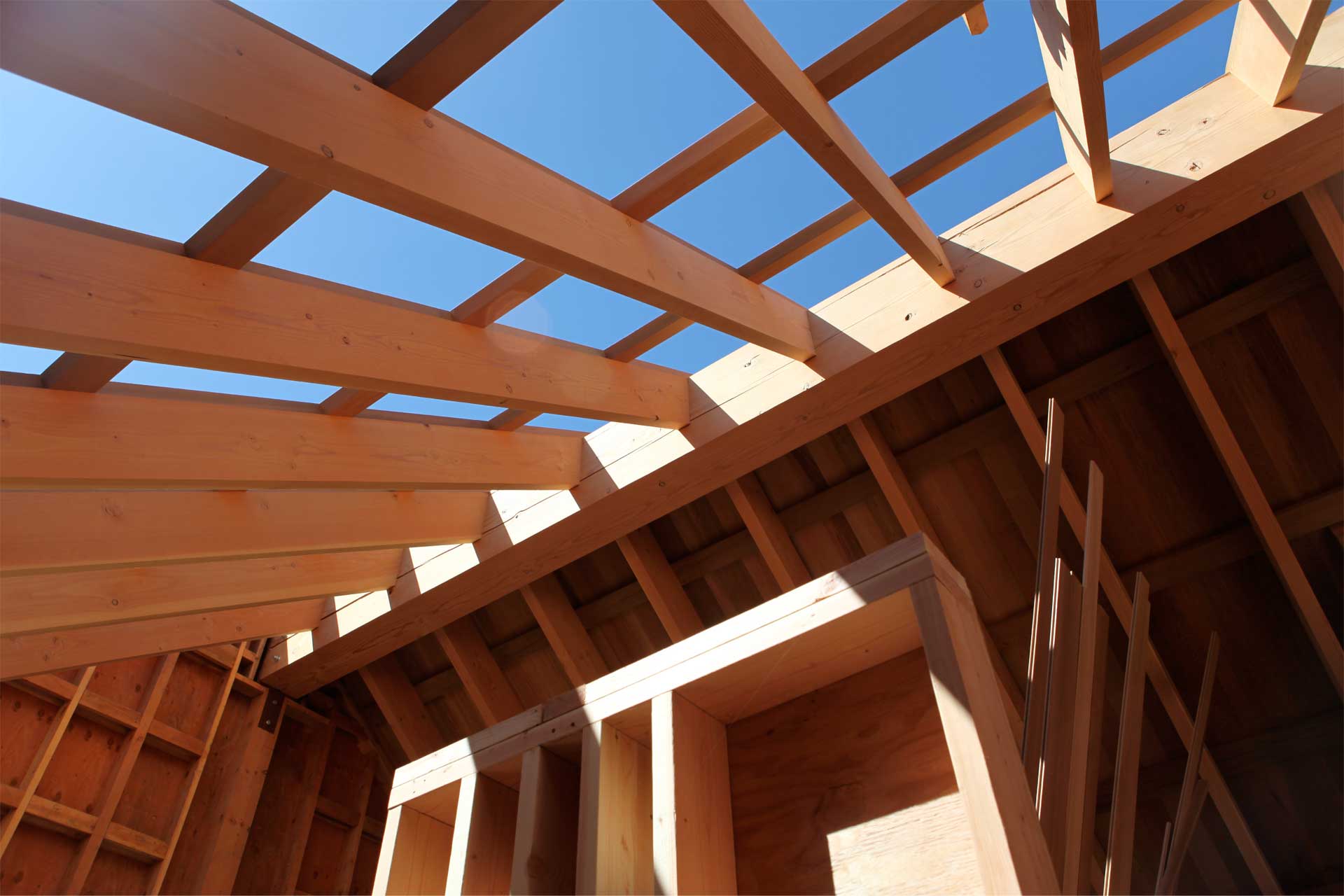STONE & EARTHEN MATERIALS

Stone is one of the four main materials (wood, stone, glass, metal) that are the essence of the project. Five incredible stone masons contributed their talent and values to the project.
- Charles Seha and his team constructed all the exterior limestone walls.
- George Gonzales, founder of the Stonemason’s Foundation, and his team built the two fireplaces and the shower.
- The Carrington brothers, Jesse and Jonah, handled all the French limestone flatwork for the entire project.
- RJ Milano of Canada Marble and Granite detailed and installed the Belgian bluestone and Lavastone counters and most of the limestone thresholds.
- Master firebox builder, David Moritz, created the true Rumford fireboxes.
- Omnistone provided the French Limestone and Belgian bluestone material.
Stone details
Display More [+]- The primary goal was to use recycled stone or waste material from quarries, no newly quarried stone could be used. Goal achieved everywhere except for countertops where finding recycled countertops that matched the required holes for appliances, sinks etc. proved impossible.
- Recycled French limestone paving was chosen for the paving material. The carbon emissions of the transport is being offset but the almost 50% extra solar we installed that we are putting back on the grid (energy philanthropy) in anticipation of electric cars we don’t have and won’t need until the children get older.
- Seismic concerns were also an issue in the material choice for the outside stone and affected the scale of the material chosen and the construction methods used. Concrete and steel footings were frowned on due to the embodied energy required so the material had to be dry laid with very thick blocks battered into the hillside to produce enough mass to retain the slopes as well as resist failure in a seismic event.
- Vetter Stone operates quarries that have produced high grade limestone building material for over one hundred year, so there are thousands of waste blocks over hundreds of acres in every size and shape that have been deemed unusable because of variations in color or texture. For Charles Seha’s purposes this waste stone was ideal because of the diverse textural differences in the faces of the stone. He intentionally chose stones to display evidence of the different processes used in quarrying: drill marks, saw marks, natural seam faces, split faces and pitched faces. The result is an extremely textural composition.
- In addition to the beauty of the stone, the habitat value for the native wildlife is immense. Even as the walls were built, lizards and snakes were moving in and native plants were colonizing the microclimates created by all the vertical and horizontal stone faces as well as the sheltering crevices between stones. The most satisfying aspect of using stone as a building material is it will endure for thousands of years and can be recycled indefinitely by succeeding generations and civilizations.
- The Project

